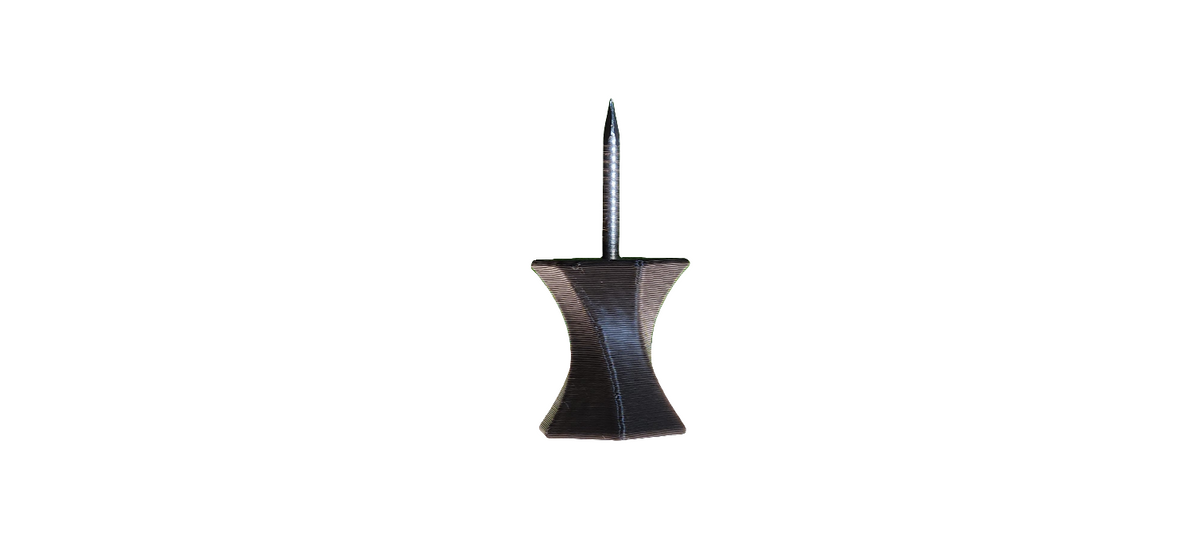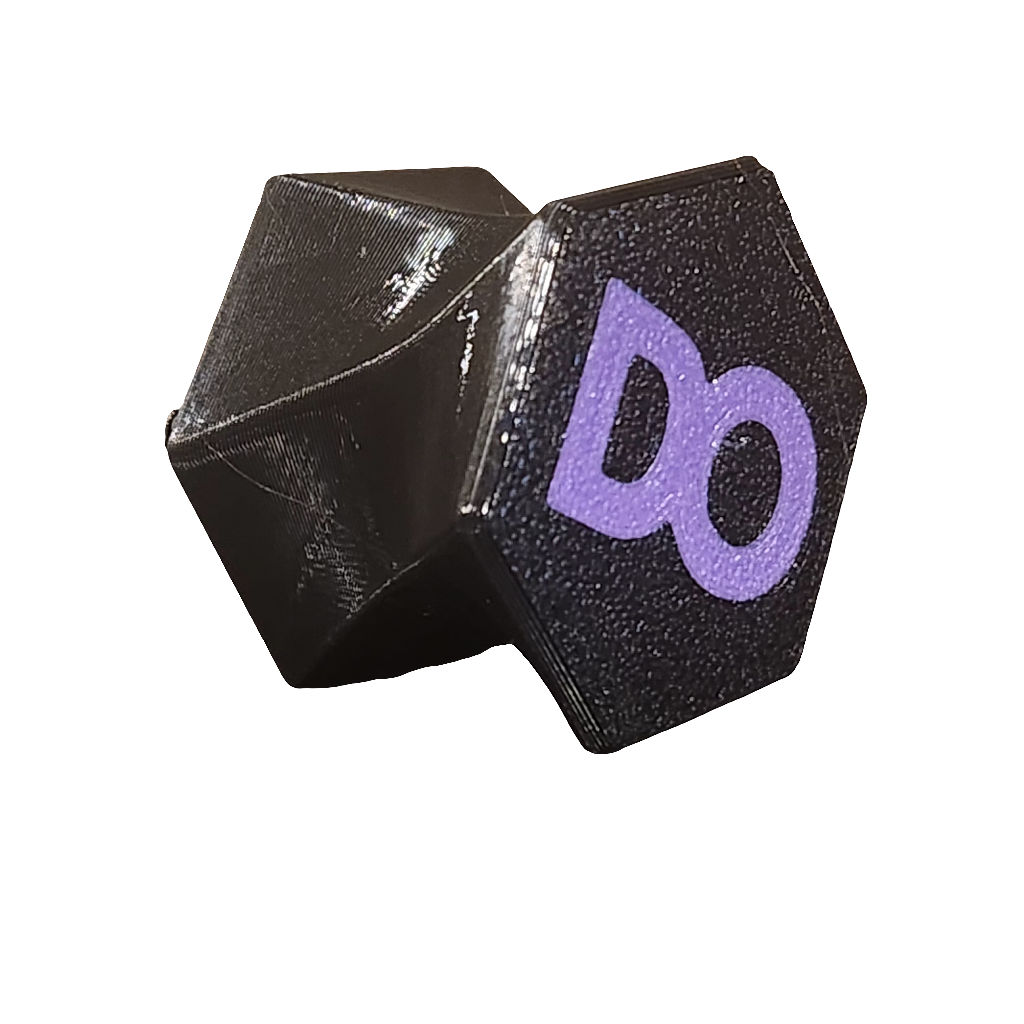Why Fletching Design Matters
When you release an arrow, it doesn’t leave the string perfectly stable. Minute imperfections in the release, string oscillation, or shaft straightness create yaw (side-to-side rotation) and pitch (up-and-down oscillation). Fletching is the corrective force that stabilizes the arrow by creating drag and generating spin through helical or offset alignment.
The challenge: maximize stability and consistency without adding excessive drag, noise, or weight.
Three-Fletch vs. Four-Fletch: The Aerodynamics
Most arrows use a three-vane setup, which provides ~120° spacing between vanes. This works, but it means each vane has more responsibility for steering.
By moving to a four-fletch:
-
Stability Increases: With vanes spaced at 90°, stabilization occurs more rapidly after the arrow leaves the bow. The arrow recovers from yaw and pitch oscillations faster, improving downrange accuracy.
-
Drag Distribution: Instead of three larger surfaces, four shorter vanes share the aerodynamic load. This reduces “wobble correction lag” while keeping the profile lower to minimize drag.
-
Wind Drift Resistance: The added surface area increases steering control, especially critical in crosswinds and outdoor competition.
In simple terms: the four-fletch system acts like increasing fin count on a missile—faster correction, tighter flight path.
The Material Science Behind V4 Vanes
Most vanes are either:
-
Too Rigid: They hold shape but amplify noise and drag, and they crack under stress.
-
Too Soft: They’re quiet but collapse, warp, or tear easily.
The Vector 4 (V4) uses 95A TPU, chosen because:
-
Its elastic modulus provides forgiveness during launch (absorbing minor contact or clearance issues).
-
Its shape retention resists permanent deformation even after hundreds of impacts.
-
Its density is optimized for low mass, preserving arrow speed while keeping vane-to-vane weight within ±0.01 grains—a tolerance that eliminates “odd-arrow” flyers caused by vane imbalance.
Aerodynamic Efficiency: Silence by Design
Noise comes from air separation and turbulence around vanes. Taller, thicker vanes create more wake, increasing sound signature and drag.
The V4’s low-profile geometry:
-
Minimizes frontal area to reduce turbulence.
-
Maintains boundary layer attachment longer, lowering audible signature.
-
Balances offset capability with drag reduction, achieving quiet spin generation without the hiss of bulkier vanes.
This makes them ideal not only for target and 3D but also for hunters concerned with stealth.
Performance in Numbers (What Archers Experience)
-
Stabilization Distance: V4 four-fletch stabilizes arrows ~10–15% faster than typical three-fletch setups of similar size.
-
Speed Retention: Weight is minimized so velocity drop compared to three standard vanes is negligible (<1 fps in most setups).
-
Consistency: ±0.01 grain tolerance means identical center of mass shift per vane, critical for grouping consistency at 50+ yards.
-
Durability: TPU deformation threshold allows >500 shots without measurable vane height loss.
The V4 in Practice
Each pack contains 50 vanes, ideal for a dozen arrows in four-fletch with spares. With six color options—White, Yellow, Electric Blue, Purple, Black, and Red—archers can customize without compromising performance.
And because the V4 uses a glue-on design, it’s universally compatible with carbon, aluminum, or wood shafts.
Closing Thoughts
The Vector 4 (V4) vane isn’t just another piece of plastic on an arrow. It’s a material-science and aerodynamic solution to the balance problem in fletching: stability vs. drag, durability vs. forgiveness, consistency vs. weight.
If you’re ready to move beyond traditional three-fletch limitations, the V4 is built to give your arrows faster stabilization, quieter flight, and uncompromising consistency.


0 comments